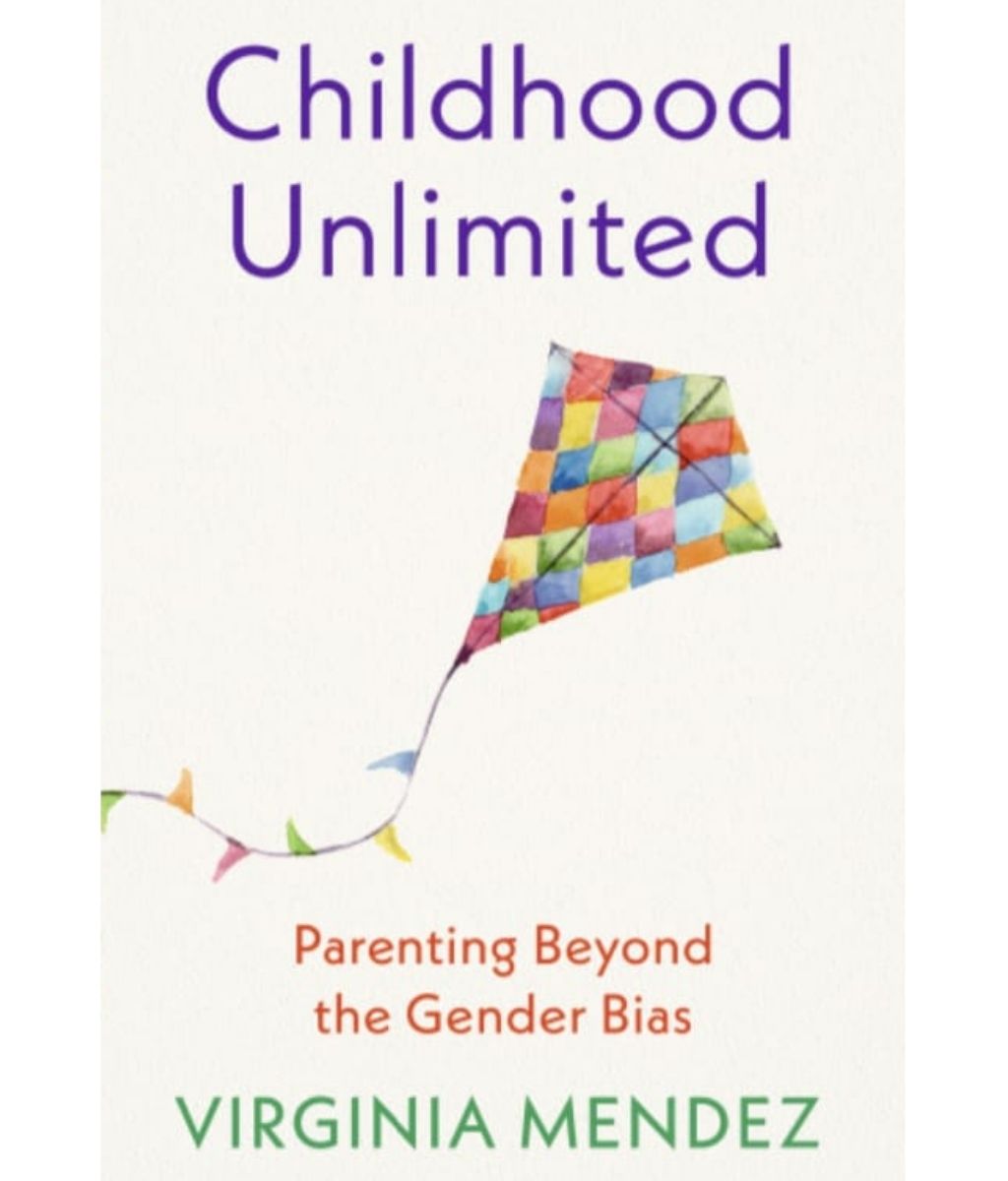When I asked Jo-Ann if we could re-publish one of her articles as part of the launch of her amazing book Sexism and Sensibility she generously went for the most popular one in her substack.
Call it the pink tax or the woman tax, either way a woman living in the United States will pay a whopping $300,000 more than men over the course of her lifetime simply by virtue of being a woman. And that doesn’t even account for lost wages. This is, in part, because the world takes advantage of women and also because we don’t teach girls how to stop that from happening (not that it should be their job but until the world changes…)
If you need evidence, walk into any dry cleaner and notice the higher cost for cleaning a woman’s shirt compared to a man’s (usually larger) shirt. Walk into any pharmacy and you’re likely to find two razors side-by-side made by the same company, but the one packaged for women costs more. This gendered pricing is called the pink tax. Almost all products and services from clothing to car repairs sold to women are given a higher price tag.
In addition to the pink tax, beauty culture manipulates girls and women into thinking they need certain products and so they purchase far more personal care products than boys and men. And because a woman presenting in a certain way is important for everything from being liked to getting a job to being safe, in many cases these products and services have become kind of necessary. Meanwhile, products that are actual necessities for those with uteruses are taxed as “luxury goods.” (Tell your menstruating teen about THAT and enjoy outrage directed at someone other than you!)
Let’s put this in context: not only do women pay more for virtually the same products and services as men, and are manipulated into believing they require more beautifying products, but it’s coming out of an already smaller pot of money. Women working full time in the U.S. are still paid just 83 cents to every dollar earned by men demonstrating that women’s roles are less valued within our society. But even when we measure women’s pay compared to men when she’s in the same job and has the same qualifications, women are still paid less, and that gap is even wider for women of color. As a result of lower lifetime earnings, women receive less in Social Security and pensions. In terms of overall retirement income, women have only 70% of what men do.
What’s a parent to do?
1. Girl, you’re being manipulated
The shapeshifting nature of beauty culture means it’s important that we keep talking to our daughters about how corporations profit from making them feel insecure. It’s easier to do with younger girls who are less preoccupied with their appearance and less enthralled with beauty culture. We can ask our kids why they think toys marketed to girls are so often related to physical attractiveness. We can point out how many products girls are unfairly expected to use to get a certain look while boys have permission to get on with their lives with a quick shower and comfy clothes. But telling this to teenagers as they’re applying their false eyelashes and enhancing their cupid’s bow, will at best garner eye rolls, and at worst feel critical and hurtful.
It’s normal for teens to experiment with their looks and to use their appearances as a way to assert themselves as distinct individuals. We don’t want to disrupt the healthy process of individuation but we also don’t want them believing they’re ugly without makeup, hair dyes, and hair straighteners; that they’re undesirable without crop tops and fishnets; or that they’re smelly without the latest herbal-infused minty fresh period pads (which some girls find painful). Using a light touch though is important so we don’t make them feel their choices are bad and so we give them adequate autonomy over their bodies. Think of it as playing the long game both in terms of their self esteem and your relationship with them. Over time, as their identities firm up and they mature neurologically, they’ll be more able to separate what they want from what a patriarchal culture tells them they should want, especially if you’ve been whispering in their ear.
Parents tell me once they’ve “played their hand” a few too many times, their daughters tune them out, feel like they’re raining on their parade, or like my daughter says, “I just want to live my life.” I get it. She doesn’t want to believe her choices aren’t fully her own or think about the possible carcinogens in hair dye. But I’m willing to be annoying in the service of this mission. Not often, but sometimes. I find it’s helpful to be honest and say something like, “I’m torn. I want you to have fun experimenting and figuring out who you are and what you like. But I also don’t like seeing girls being manipulated by a system that doesn’t have their best interests in mind.”
Teens are notorious for calling out hypocrisy and have a heightened need for fairness so another way to reach them is through their pocketbooks. Rather than focusing on their specific beauty choices, we can rely on teachable moments. For example, when you’re at the store together point out how much more women’s deodorant costs than men’s. Or comment on how beauty culture hurts them economically over time: “It’s nuts that you’ll end up spending over $300 thousand more than your brother over your lifetime, isn’t it? Beauty culture really does a number on women.” But for the pocketbook theory to work, we have to stop making money seem like a man’s domain.
2. Set them on a path toward economic self-sufficiency
The World Economic Forum tells us it’ll take women two-and a half more centuries to catch up to men if economic progress continues at its current pace. We have the opportunity to help shorten that timeline just by teaching our daughters about money (and paying them equally!). Building girls’ awareness is the first step to financial literacy and to setting them on the path to independence. By talking to them about money, helping them open and manage their own bank accounts, as well as having expectations for how and when they’ll use their money, we can give them the skills to make their own wise purchasing, saving and investing decisions.
If girls aren’t encouraged to become financially independent, they certainly aren’t being empowered to build wealth. Financial literacy allows us not just to understand and earn money but to make optimal use of that money. Girls grow into women who don’t feel confident taking risks with their money so rather than invest it, they tend to keep excess money in savings. Yet, a 2021 Fidelity study showed when women do invest, they actually outperform men because they possess characteristics that make for good investors. They’re more likely to make informed investment choices, stick to their investments, and seek advice.
You don’t need a lot of money to teach girls about investing. Let her create her own investment club with her friends. A parent can scaffold their research, but the kids get to decide the companies or funds in which to invest small amounts of money. Pro tip: Investing in women-owned businesses isn’t solely altruistic; a recent article in Forbes shows they’re more profitable too.
There’s also a growing list of resources for teaching kids about money. Jumpstartclearinghouse.org is a good place to start. It’s an online library of financial education resources such as Money Mountain, a board game for early elementary kids and Bite Club, an online video game for teens about a vampire nightclub that teaches about retirement planning, APR, interest, and paying off debt. For a more typical learning experience with a dedicated teacher, The Council for Economic Education has a three-course series called Invest in Girls. Building a girl’s financial foundation will provide a lifetime of dividends, and not just for girls. A large and growing body of evidence tells us the key to a healthy economy is financial equality.
3. Encourage her to negotiate
Being called entitled is usually pejorative, used when we believe someone expects too much. But over and over, I see girls in my practice who aren’t entitled enough—who lack a healthy sense of entitlement. To put it into concrete terms, as early as third grade, girls begin to ask for less than boys. In a study of four- to nine-year-olds, when children were given the opportunity to negotiate for their favorite stickers, the older girls asked for two fewer than boys did, but only when negotiating with a male, reflecting the same gender gap in negotiation we see in adults.
When women don’t negotiate their first salary, and research shows they often don’t if their boss is male, they lose approximately half a million dollars during their careers. Raises, bonuses, and the starting wage for their next jobs are frequently based on that lower starting salary. Opportunities to teach girls to negotiate abound in everyday life. She wants a sleepover? Let her make a good argument for it. Then address issues she doesn’t cover, such as being tired for her piano lesson the next day. She wants a puppy? Let her Powerpoint presentation begin. Later curfew? Two-paragraph essay should suffice. Even if you know your answer in advance, she’s learning what’s important to her and developing effective communication skills to go after it.
Over their lifetimes, girls must spend more money than their brothers, even as they’re losing more in income. By creating awareness, parents can help fine-tune their daughters’ “sexism detectors” so they recognize equality when they see it and are prepared to fight back. They might just thank you one day for saving them $300,000.
If you enjoyed this piece you will love her book! If you want to know more about her check our interview with her.











1 comment
Very interesting read!
I was just giving myself a wee pat on the back for getting most things right with my own daughter (now 30) when I realised I still suffer from the “asking for less” syndrome in my 60s!
I’m glad to say my daughter has evolved quicker than me and definitely asks for her rightful share… Go Girl!!